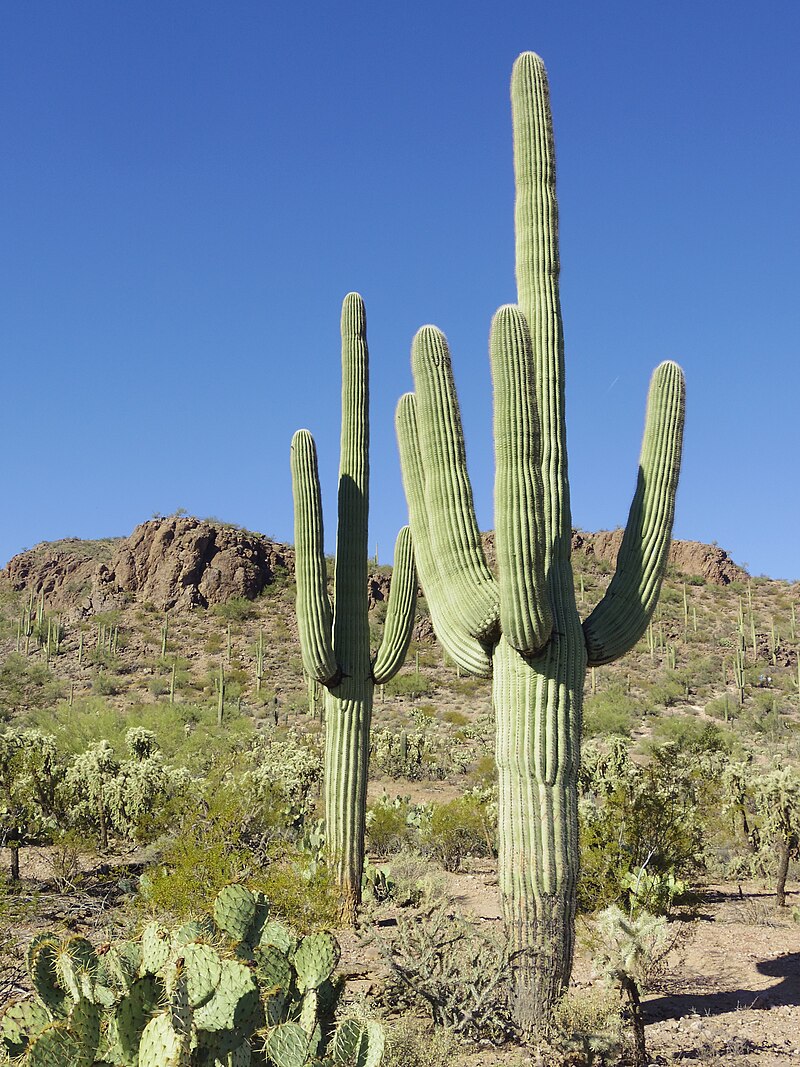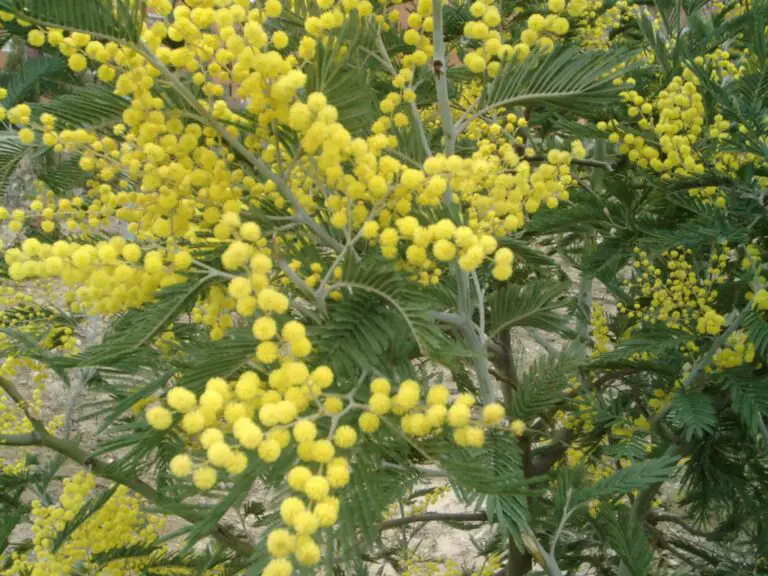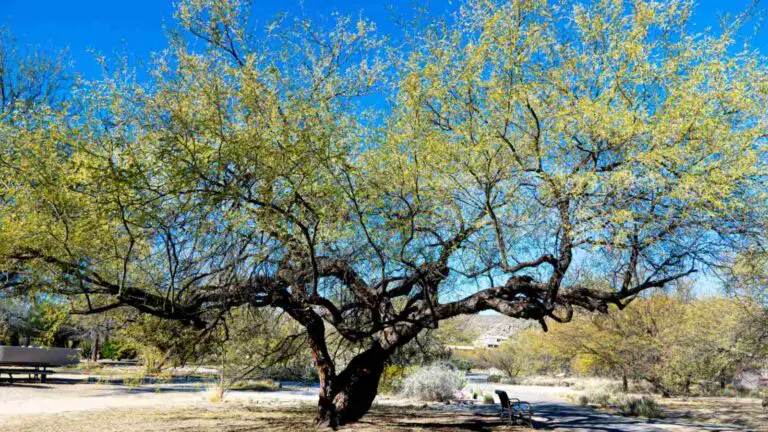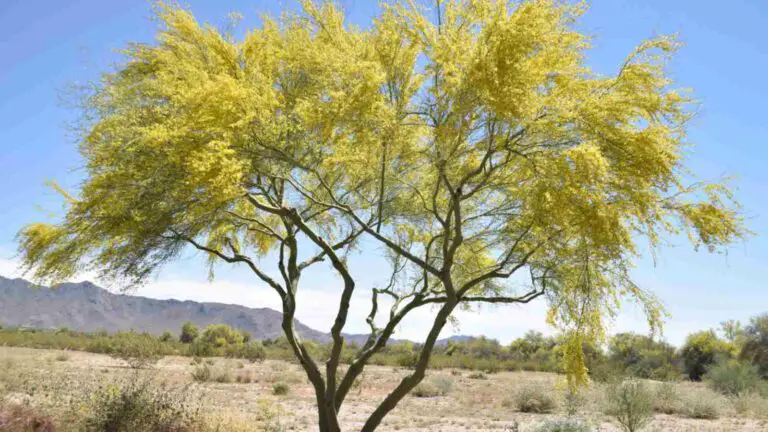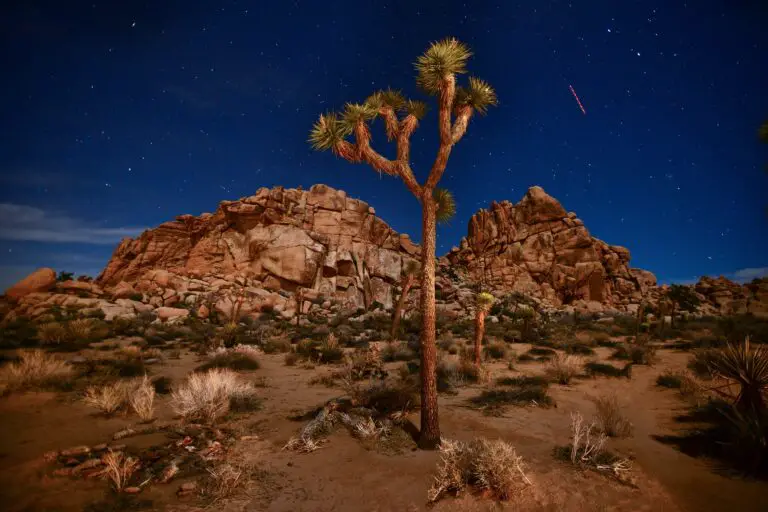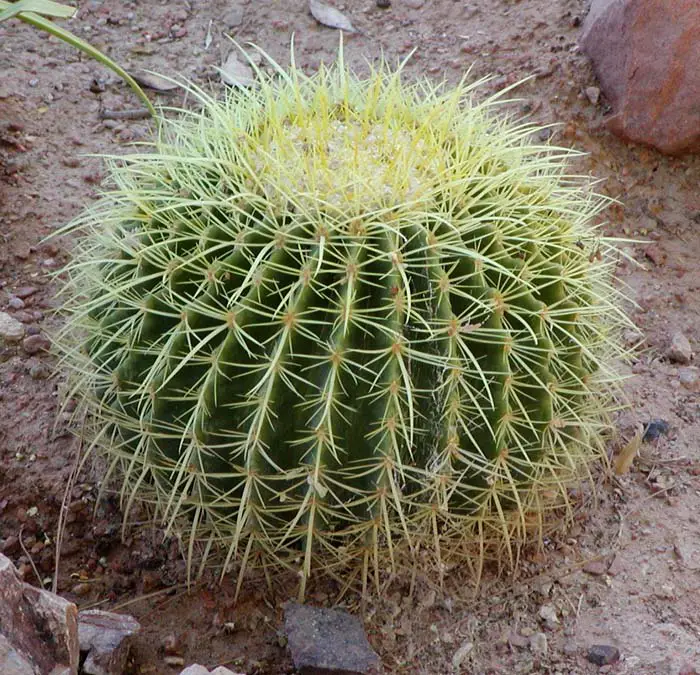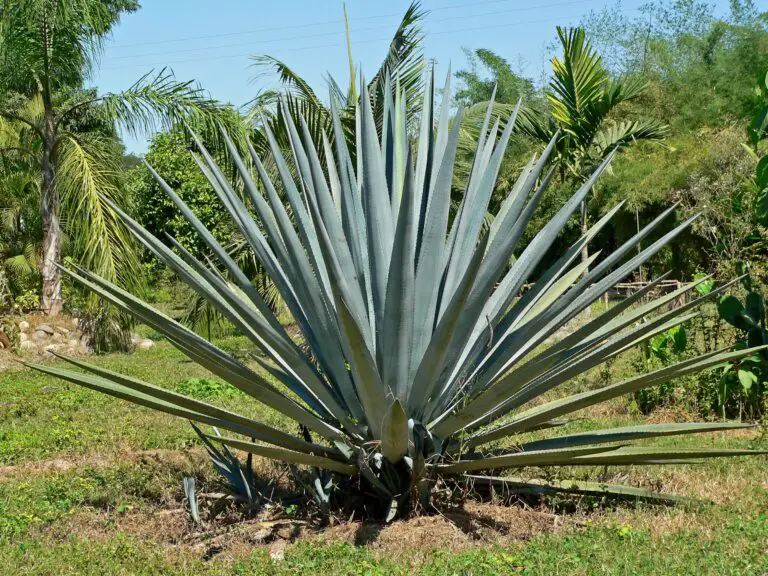Sculpting the Desert Landscape: Saguaro Cactus (Carnegiea gigantea) – A Majestic Icon for Garden Enthusiasts
Gardening is an art form that extends beyond geographical boundaries. Each region boasts its own unique set of flora that thrives despite the sometimes-unforgiving natural conditions. The Saguaro Cactus, with its iconic silhouette, stands as an emblem of such resilience and breathtaking beauty, often synonymous with the vast desert landscapes. For many, the Saguaro is a distant marvel, seen in pictures and films depicting the American Southwest. But for garden enthusiasts seeking to create a slice of arid splendor in their own backyards, the Saguaro offers a distinctive charm that can anchor a desert-inspired oasis.
In this exhaustive exploration, we take a closer look at what makes the Saguaro Cactus a stand-out feature in desert landscaping, offering invaluable insights into its cultivation, integration, and the manifold benefits it brings to garden settings.
Saguaro Cactus – A Majestic Icon
Before one fills their garden with the grandeur of the Saguaro, understanding its significance is paramount. This towering columnar cactus, often reaching up to 40 feet in height, is renowned for its stately, slow growth, with some specimens living for well over 150 years. Originating from the Sonoran Desert, which spans parts of Arizona, California, and Mexico, the Saguaro has become an emblem of the Southwest.
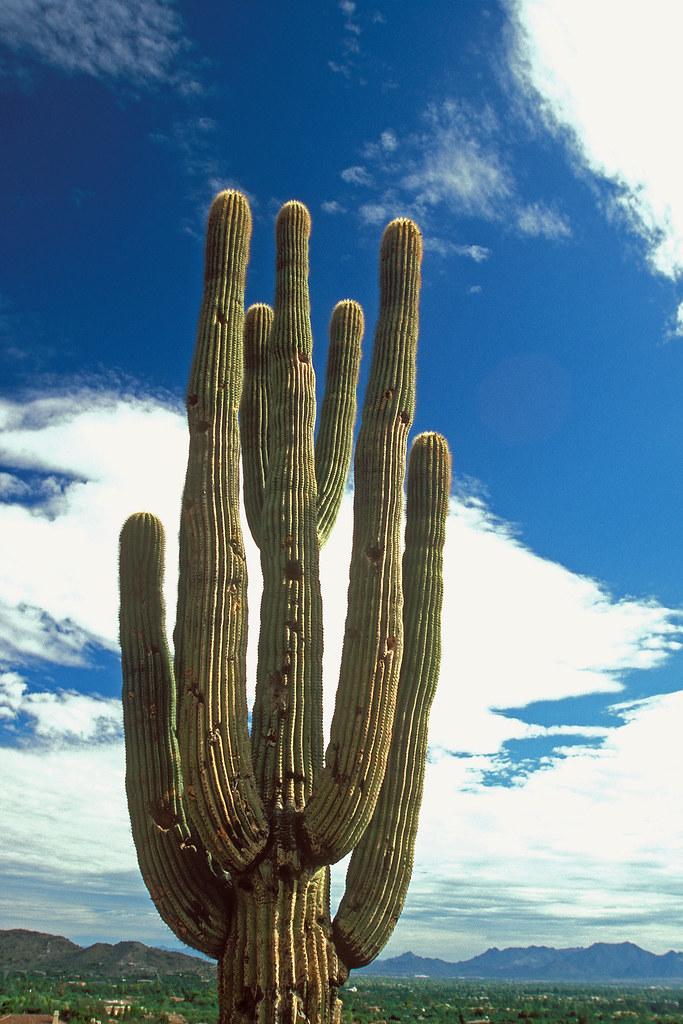
Unique Features and Adaptations
The Saguaro’s distinctive ribbed structure and array of sturdy arms presented against the azure desert sky are instantly recognizable. However, its beauty goes beyond aesthetics; it embodies a plethora of adaptations that enable it to thrive in an environment that experiences extremes of hot and cold, coupled with low precipitation. The accordion-like ribs expand and contract, allowing the cactus to store water during rare rainfall and minimizing water loss through transpiration. To further conserve water, the Saguaro’s roots spread wide but shallow, quickly sopping up what little moisture the desert provides.
Symbolism in Desert Gardens
In the realm of desert-themed gardens, the Saguaro stands as a symbol of endurance and strength, serving as a focal point that captures the spirit of the American West. The cactus’s slow growth reflects the timeless patience required to craft an environment that mirrors the tranquility of the desert. When planted with the discerning eye of a landscape artist, the Saguaro can harmonize with other desert plants to create an evocative and serene tableau, offering a glimpse of the desert’s allure right at home.
Cultivating Saguaro Cactus in Gardens
While the idea of cultivating such a stalwart of the desert in one’s garden might seem daunting, it’s entirely possible with the right approach. Here’s how to bring the majesty of the Saguaro into your landscape:
Ideal Growing Conditions
Saguaro Cactus thrives in full, direct sunlight and sandy, well-draining soil. It is recommended to plant Saguaro in areas with at least 12 feet of clearance to side structures and approximately 30 feet of clearance above to allow for its eventual sprawling. The soil pH should be slightly acidic to neutral, and gardeners must ensure that the area does not retain water, which the Saguaro is not accustomed to. It is advisable to seek local ordinances or conservation guidelines when integrating Saguaro into gardens, as they are protected by law in their native range.
Landscaping Tips and Design Ideas
Incorporating the Saguaro into a garden is an exercise in restraint and vision. The cactus should be the focal point but not the sole feature. Blend the Saguaro with other indigenous desert plants like agave, yucca, and various succulents, creating a diverse and visually engaging landscape. Strategic placement and grouping can simulate the Saguaro’s natural growth patterns, adding authenticity to the garden.
Maintenance and Care Guide
Once established, the Saguaro is relatively low-maintenance, but it is not without its needs. Proper care includes watering after planting to encourage establishment, after which the cactus should be left to its own devices, barring significant drought. Pruning is rare and should be undertaken with the utmost caution, as the Saguaro’s fleshly water-storing cells are susceptible to rot if exposed. Protect the cactus from frost with burlap, as you would any cherished part of your garden, and enjoy its upward reach toward the heavens.
Benefits of Saguaro Cactus in Gardens
The Saguaro does not merely serve as a distinctive ornament in garden spaces; it brings a myriad of functional benefits that enrich the ecosystem of the home garden.
Drought Tolerance and Water Conservation
The Saguaro’s natural habitat defines the essence of drought, and in a garden setting, it offers a beacon of the possibility for water conservation. By choosing native, drought-tolerant plants like the Saguaro, gardeners contribute to sustainable landscapes that require minimal irrigation, a crucial consideration in water-stressed environments. Integrating these plants into urban and suburban gardens can significantly reduce the ecological footprint associated with water consumption.
Wildlife Attraction
The Saguaro’s skeletal framework can serve as a nesting site for local birds, such as the Gila woodpecker, who excavate holes and make their homes within the cactus’s arms. Its nectar-rich flowers and ripening fruit provide a seasonal feast for bats, birds, and other desert wildlife. By creating a miniature oasis centered around a Saguaro, gardeners foster a thriving micro-ecosystem that can draw wildlife right to your doorstep, making the garden not just a personal paradise but a community hub for local fauna.
Aesthetic Appeal and Architectural Value
Few plants boast the architectural splendor of the Saguaro. Its towering presence commands attention and lends a sense of place and history to the garden. The sheer scale of a mature Saguaro alongside the contrast of its golden spines against the brilliant blue of a clear desert sky or the fiery hues of a setting sun is nothing short of breathtaking. In architectural terms, the Saguaro acts as a natural sculpture that can tie together the overall design aesthetic of a garden space, whether modern, minimalist, or naturalistic.

Conclusion
For garden enthusiasts, sculpting a desert landscape with the Saguaro Cactus is a venture that reaps both aesthetic and environmental rewards. From its storied symbolism to its intrinsic environmental contributions, the Saguaro is a worthy centerpiece that encourages a mindful approach to gardening. It stands tall, unyielding to the harshness of the desert, and likewise promises to infuse resilience and character into any garden it graces. Whether you are drawn by its majestic form, its role in the natural ecosystem, or its symbolic power, the Saguaro Cactus is testament to the fact that even the harshest landscapes can yield the most enduring beauty.
